-
Posts
1,036 -
Joined
-
Last visited
-
Days Won
5
Content Type
Profiles
Forums
Resource Library
Events
Gallery
Blogs
Store
Community Map
Posts posted by josefstadt
-
-
The similarity in the roof ventilators on the two vehicles would suggest that it is a pair of AEC cars.
-
Welcome to the site roxyguy. It's a great looking layout, as others have said, and so long as you enjoy operating it that is the most important thing.
-
 Fabulous layout and amazingly long trains.
Fabulous layout and amazingly long trains.
-
The Bargain Books shop in Middle Abbey St (opposite the side door of Easons) has a copy of 'Irish Broad Gauge Carriages' by Desmond Coakham for €12.99 - original price UK£14.99.
-
A lovely representation of the CIÉ crane Dave.
-
As Blaine and Mayner both correctly say the 27768-27791 series of four-wheel flat wagons were specially modified to carry the Acrylonitrile containers. They were fitted with spark proof brake blocks and wheel guards and were painted silver (at least initially) though this more tham likely became dirty very quickly. Also as Mayner says unlike their preceding series of flat wagons, 27301-27767, the were only capable of carrying 20ft containers, not having the centre twist locks. The attached pic shows both types, the upper wagon being from the 27301-27767 series, while the lower one is one of the 27768-27791 series:
-
-
Dave, a few suggestions:
1) you now have the same problem with the refueling point as you had with the turntable originally - i.e. a loco has to go into the shed to access it. Change the turnout 'A' to a three-way one and the refueling point can be accessed without going into the shed. Or move the refueling point to 'D'
2) In the container terminal you need a engine release road. Put turnout(s) 'B' and a headshunt at the right-hand end of the terminal to connect the two (or as has been suggested previously) three tracks. At the left-had end of the terminal move the crossover to the left 'C'. If you go for three tracks then use a double slip instead of the upper of the two turnouts. Move the terminal area to the left so that it fits between the two sets of turnouts.
3) You will also need tracks running to both ends of the board if the layout is to be able to connect to the modular system. In a stand alone situation these could be sidings or maybe represent disused tracks. Then either remove the buffer stops (if sidings) of vegitation (if disused) to connect to next board.
-
Hunslet, the one behind the loco is a CIE parcel brake of about 1950-3 vintage, then a laminate brand of 32xx series, like the one at Downpatrick, then a Park Royal, then a Craven. Until the 1990s, Cravens rarely ran in complete rakes - there would be one or two in trains otherwise made up of a few of just about everything else....
The second vehicle looks like a laminate brake / standard - note the extra width compared to the van in front of it. AFIK, none of the 32xx vehicles were converted from 'Laminate' stock, but rather they were originally 9' 6" wide 'Bredins' of a similar profile to the van.
-
Hi bakerlite, welcome to the site. Have a great time and don't be afraid to ask questions - there is always someone here who can help with the answer.
-
In 1996 IÉ decided that, for publicity reasons, it would be advantageous for it to charter a steam locomotive to haul one of its Derby Day race specials to the Curragh. Thus on 30 June RPSI No. 171 'Slieve Gullion' hauled a six-piece MkIId set (EGV + 5) filled with race-goers from Dublin Heuston to Curragh (Mainline) platform, where the passengers disembarked. The train continued empty to Kildare where it stabled. 171 ran light engine to Inchicore for turning and then back to Kildare in preparation for the return race special. The train is seen here passing Sallins & Naas station at speed.
-
For a portable layout it will be some size (3300mm x 1500mm roughly equates to 11ft x 5ft). Certainly looking forward to seeing progress - especially intrigued by the 'new control system'.
-
Good thread, did I miss it or did the missing Waterford down train reappear on the thread?
You are right DC, it hasn't reappeared. JHB could you try re-posting it (originally in post #42) please?
-
-
Btw, what's a bobo & what's a coco (other than the night drink )
A Bo-Bo is a locomotive with two two-axle bogies with all four axles powered separately (ie a separate traction motor on each axle). A Co-Co is a locomotive with two three-axle bogies with all six axles powered separately. So, in the Irish context examples of Bo-Bo locos would have been the 121, 141, B201 types, while examples of Co-Co locos would have included 001, 071 and 201 types. The 101 class Sulzer locomotives also had two three-axle bogies but the centre axle on each bogie was not powered and, as such, they were classified as A1A-A1A.
-
I have something similar in my collection, taken by my father and also dating from the early 1960s. The CIE liveried coach is a composite (unfortunately I can't make out the number), then there is 135 still in GNRB livery (as in R W Carroll's pic above) and then two, presubably, BUT railcars, one in CIÉ green and the other in the new Black & Tan livery.
Also taken on the same day is this pic also showing grey liveried B132 with an 'Enterprise'service at Platform 2 and an unidentified 700 class BUT railcar in Platform 3.
-
-
Happy birthday Garfield!
-
Happy New Year all. Hope 2015 is even better than the one just gone for everyone



-
6401 was the catering vehicle in the 'International' set. This set was originally intended to be a push-pull so the carriages were numbered in the 6xxx series.
-
Welcome back Vincent. Nice to see North Wall/ Port Thuaidh progressing and looking forward to further updates.
-
Going through old copies of the CIÉ staff paper Nuacht, I came across this photo in the January 1970 edition:
The caption reads:
‘Duckham’s Motor Oil frequently travels to Cork on the B+I Liner Train. The oil tank is secured in a special cradle which is locked in position on the rail truck and is lifted on and off in the same manner the ISO containers. Built by Metro-Cammell and owned by CIE, the cradle when empty tares at 1 ton 17 cwt: it is at present used only on the liner trains.’
Anybody any further info on this? It looks like the tank could have come from an old wagon and that the cradle supporting it fitted into and was secured to an ISO body (half height container without its sides?).
-
 1
1
-
 1
1
-
-
-
.png.c363cdf5c3fb7955cd92a55eb6dbbae0.png)


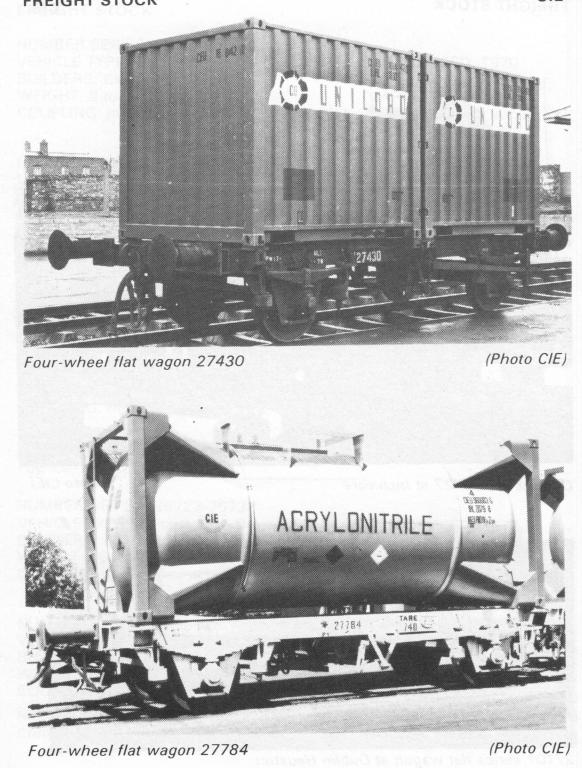
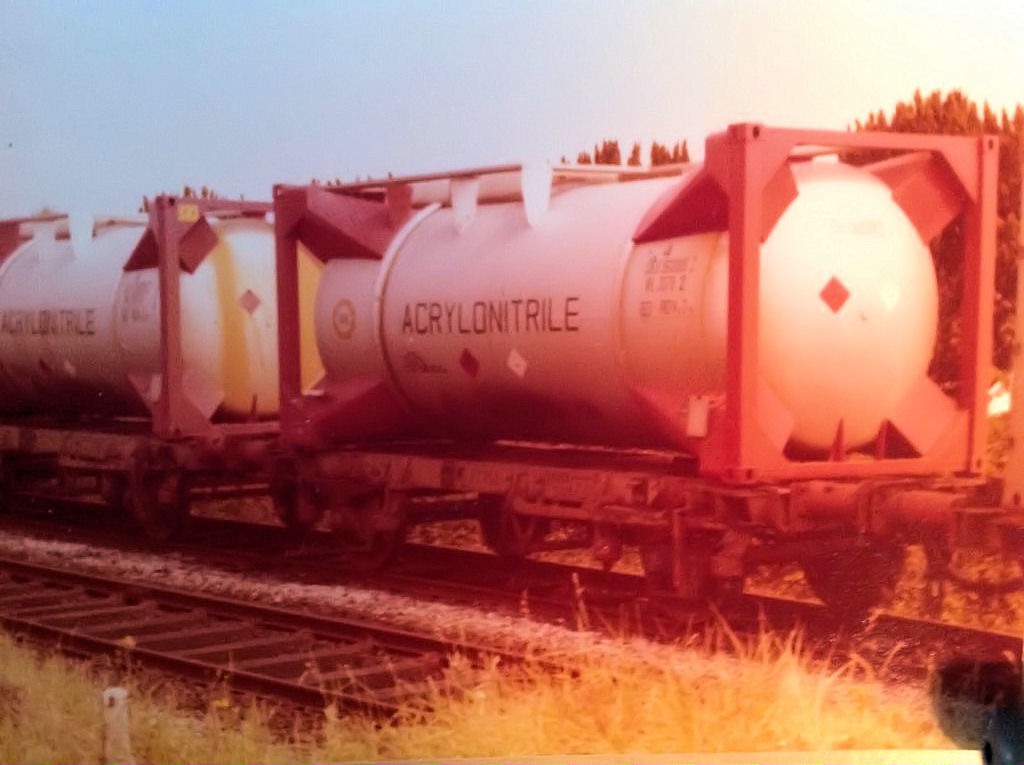
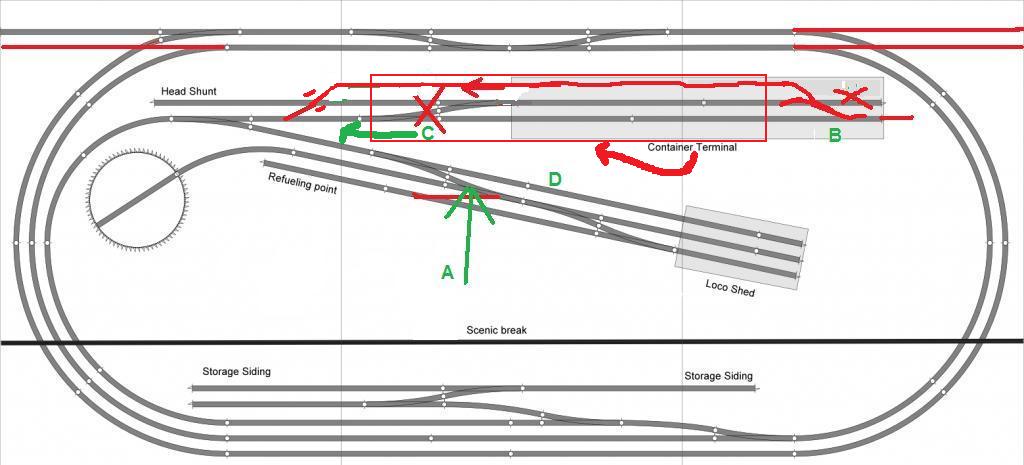
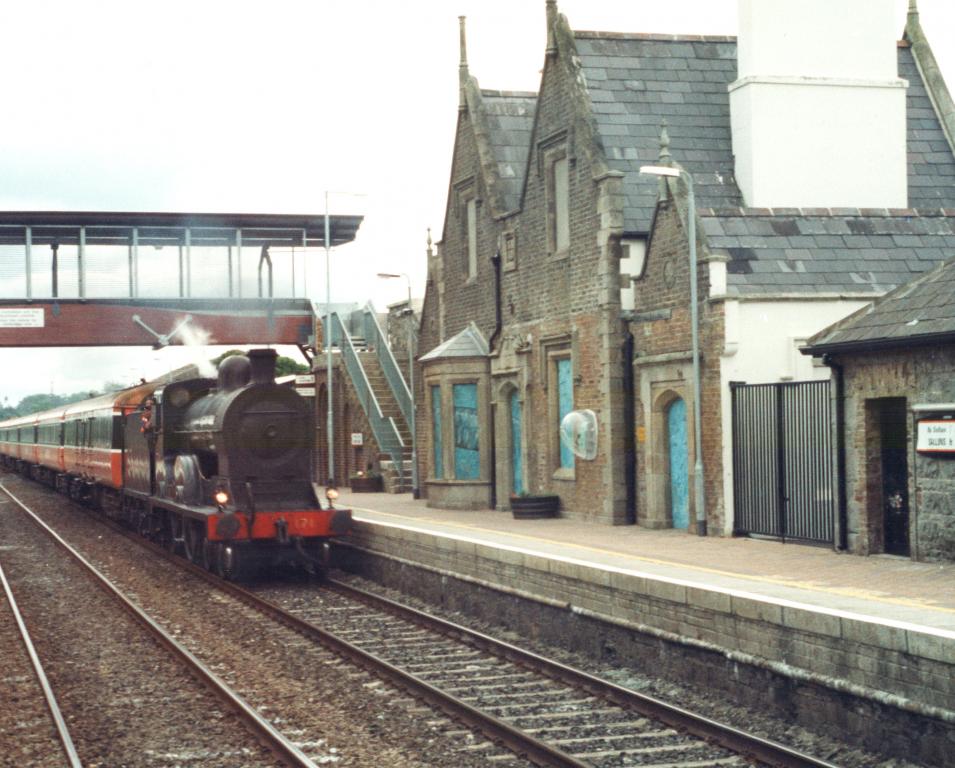
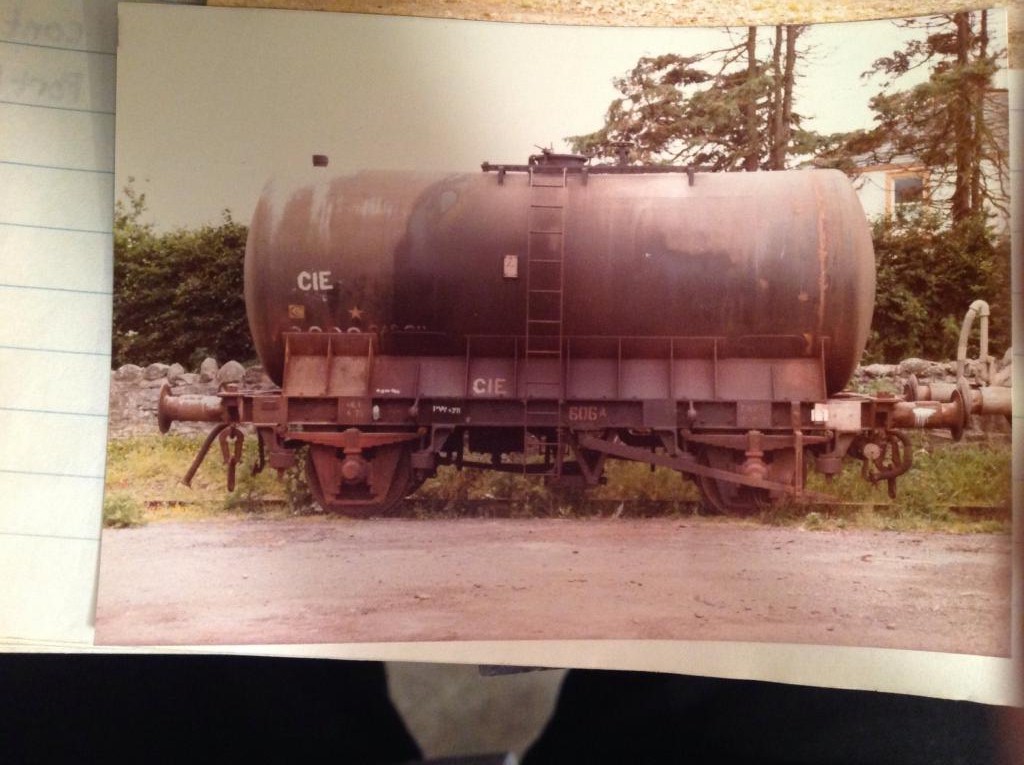
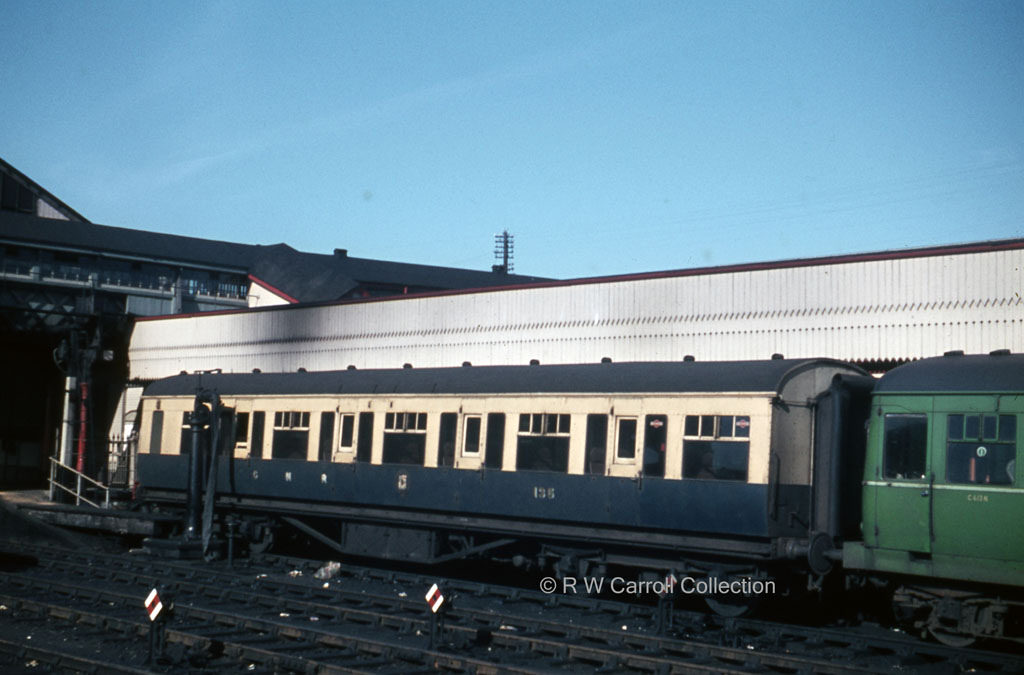
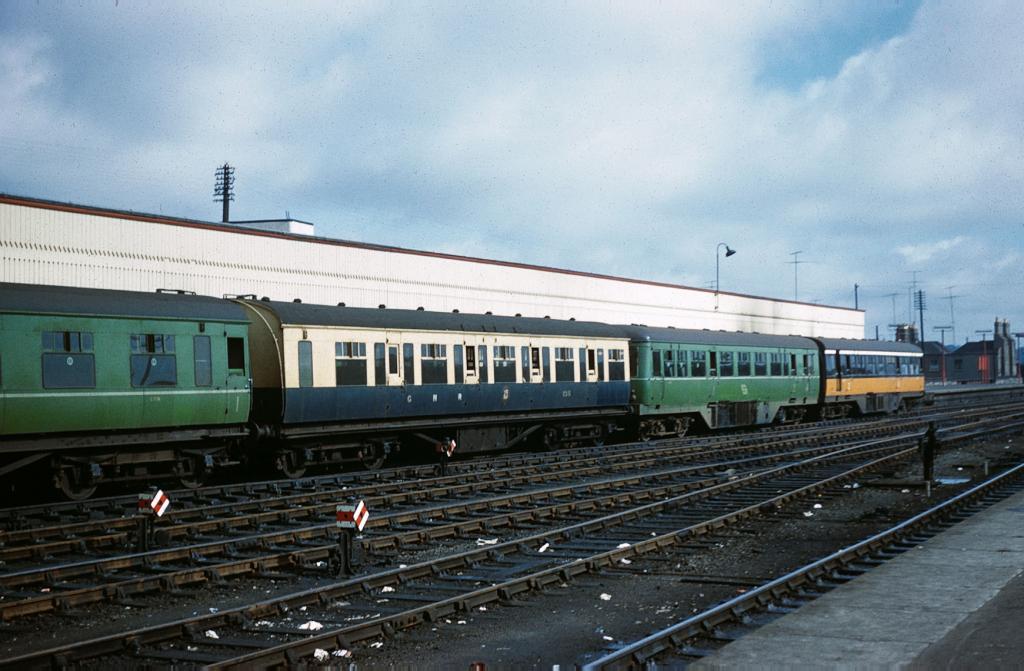
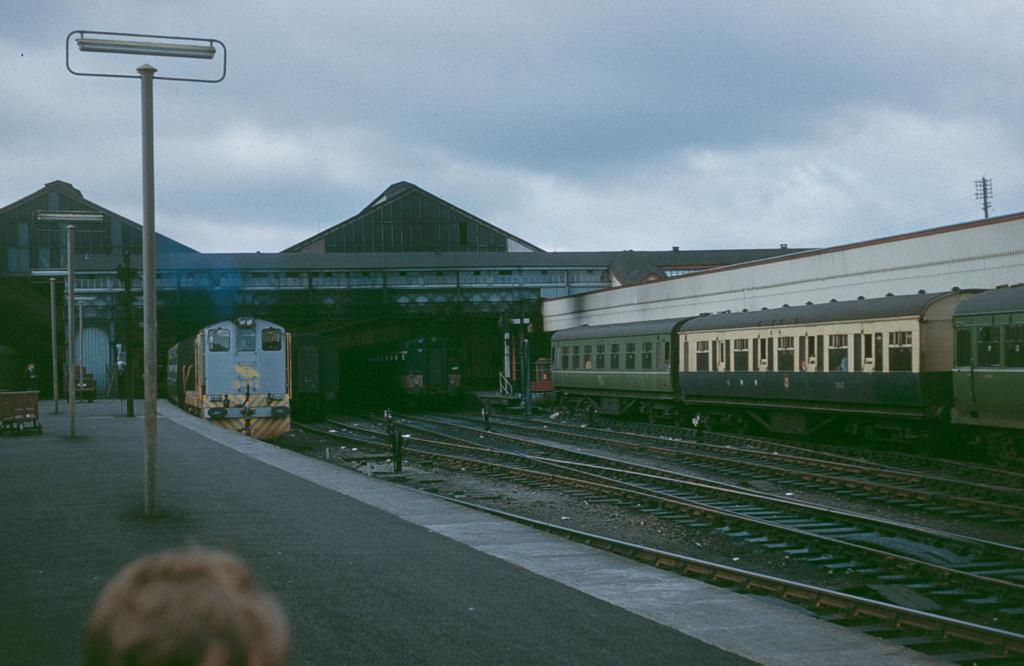

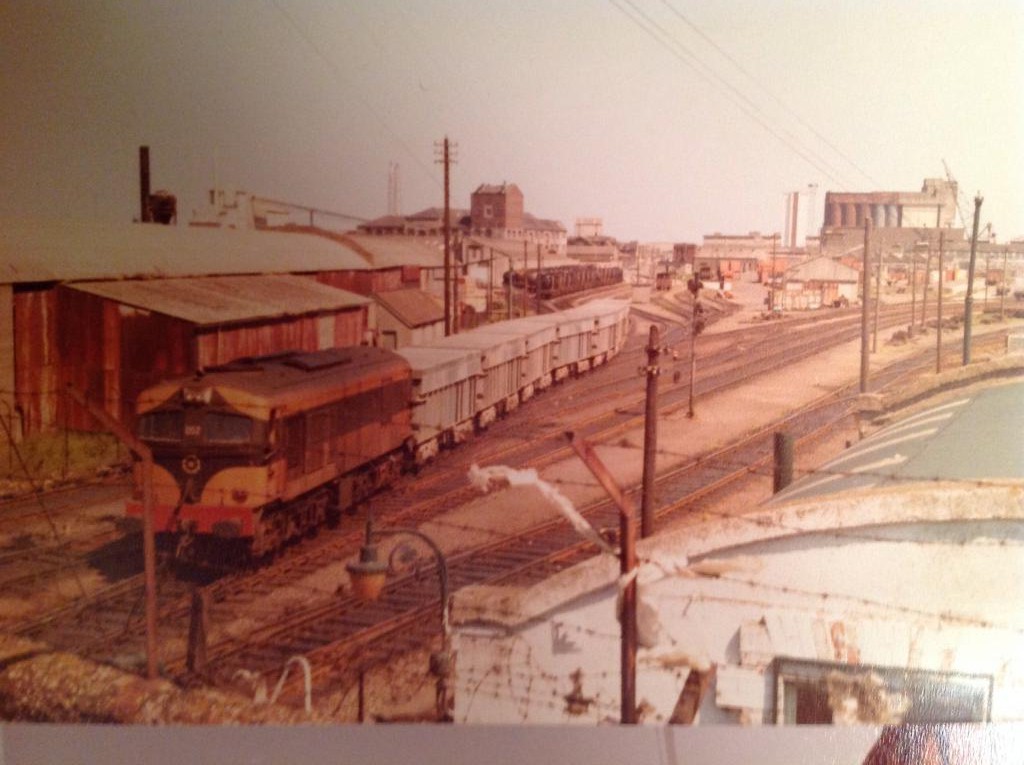
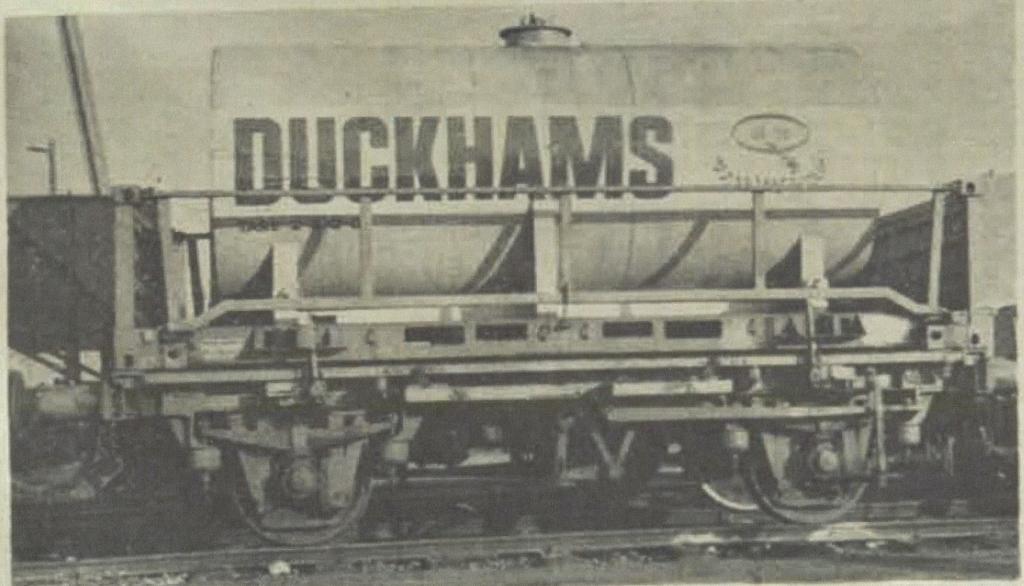
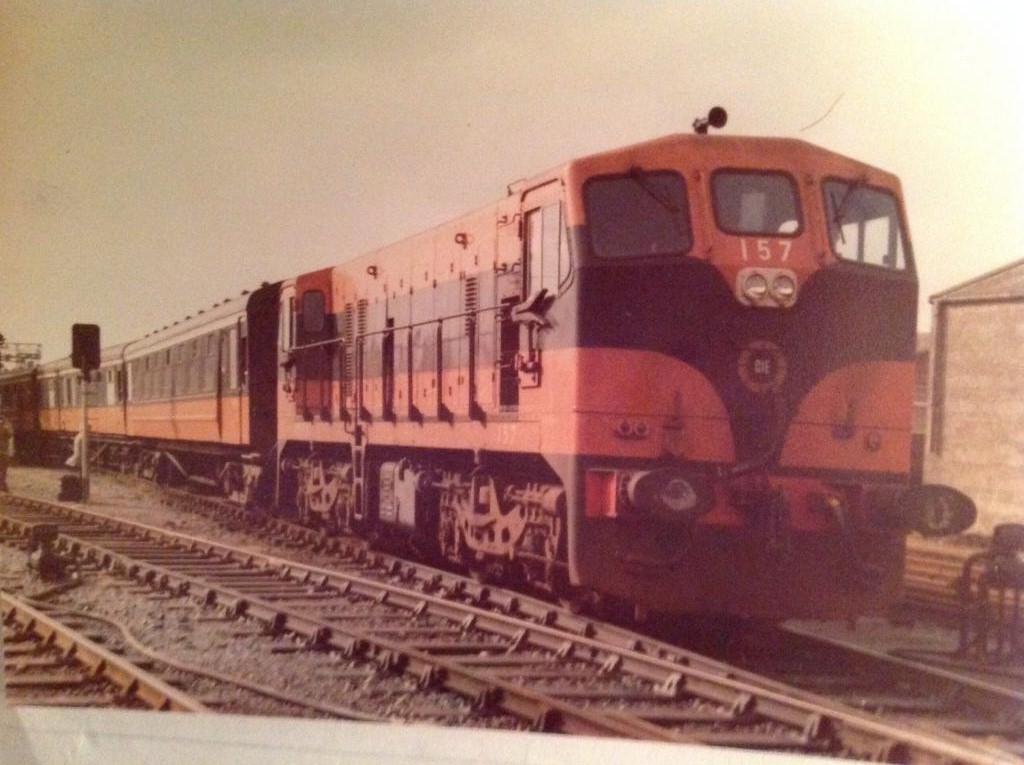

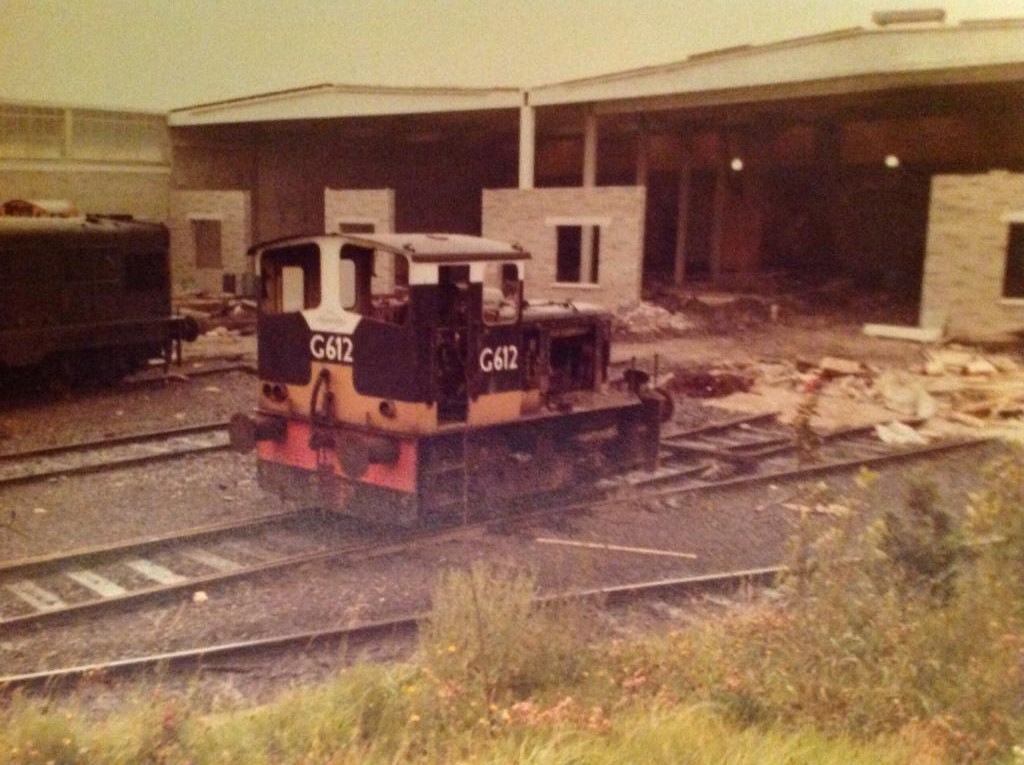
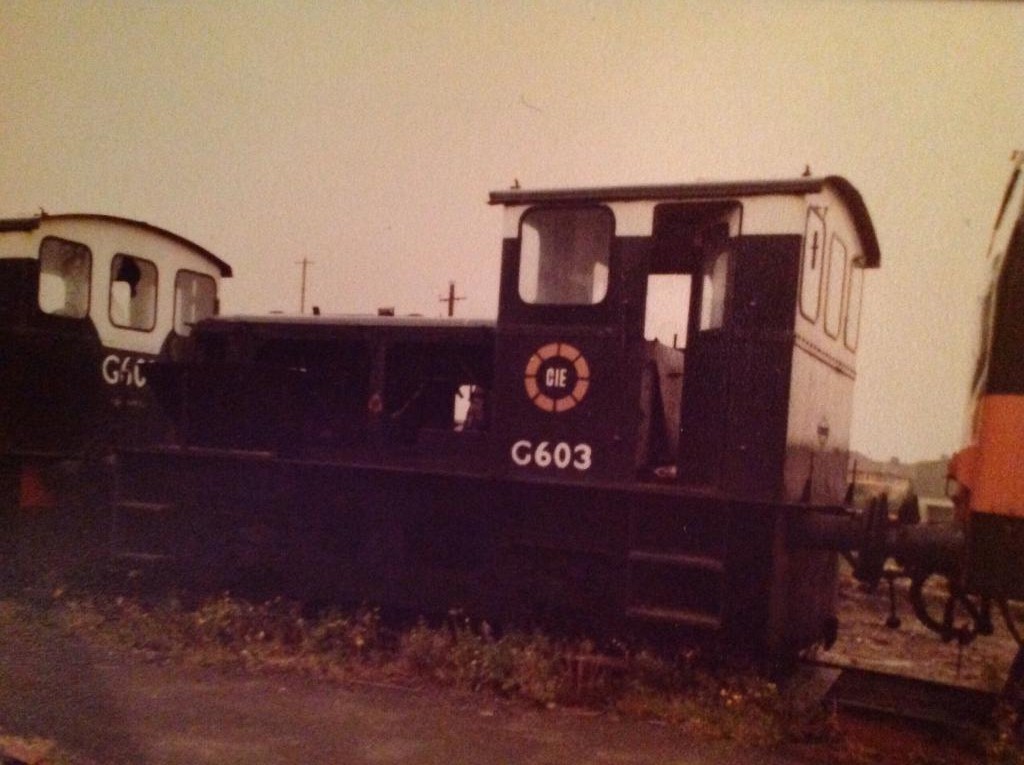
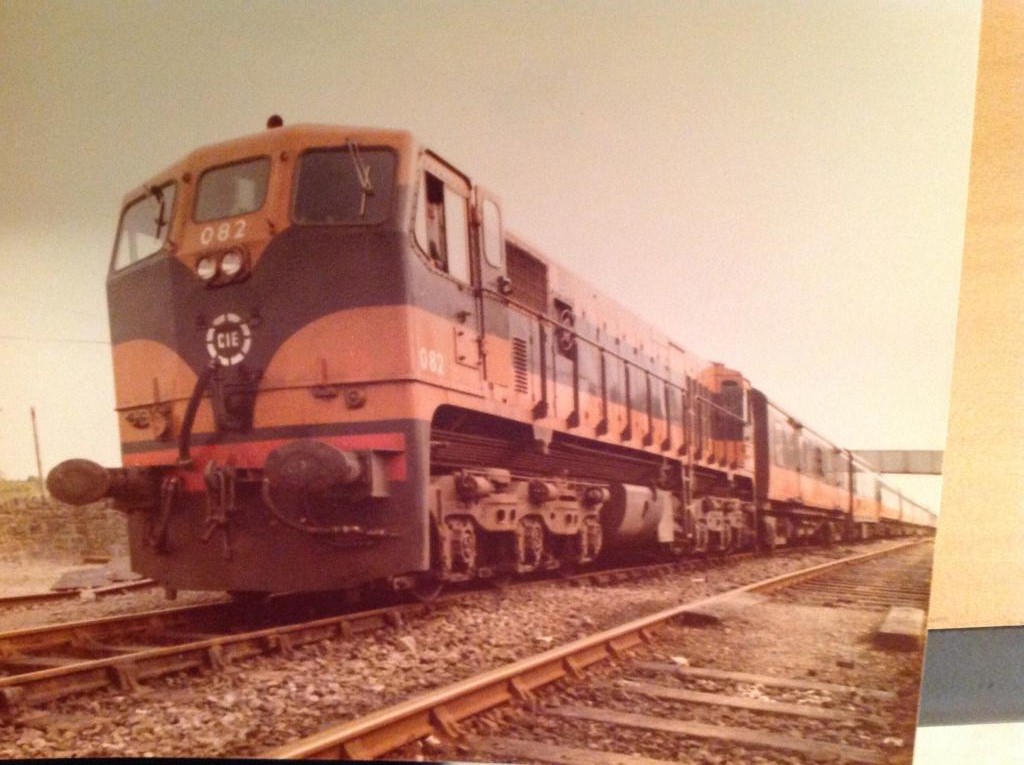
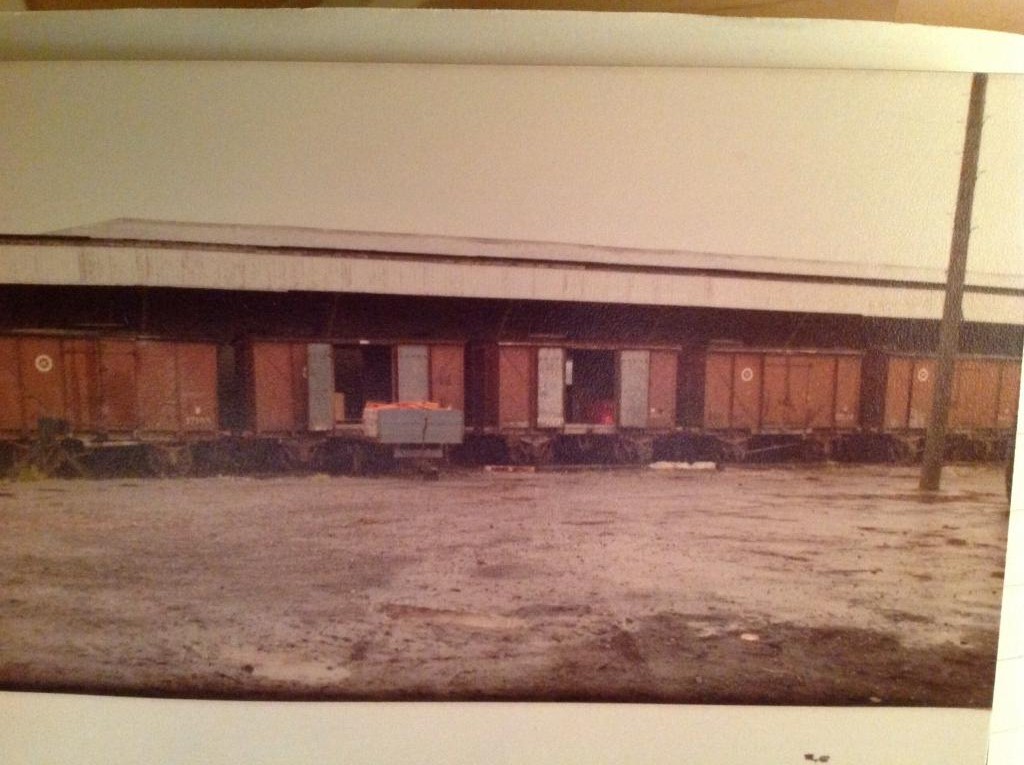
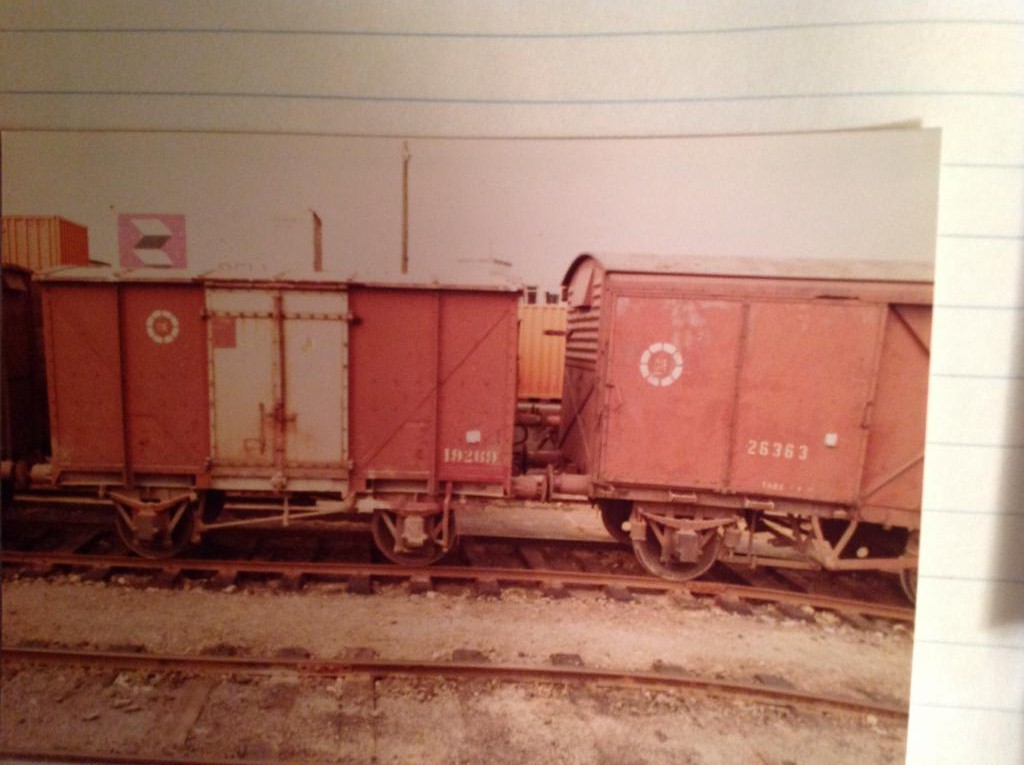
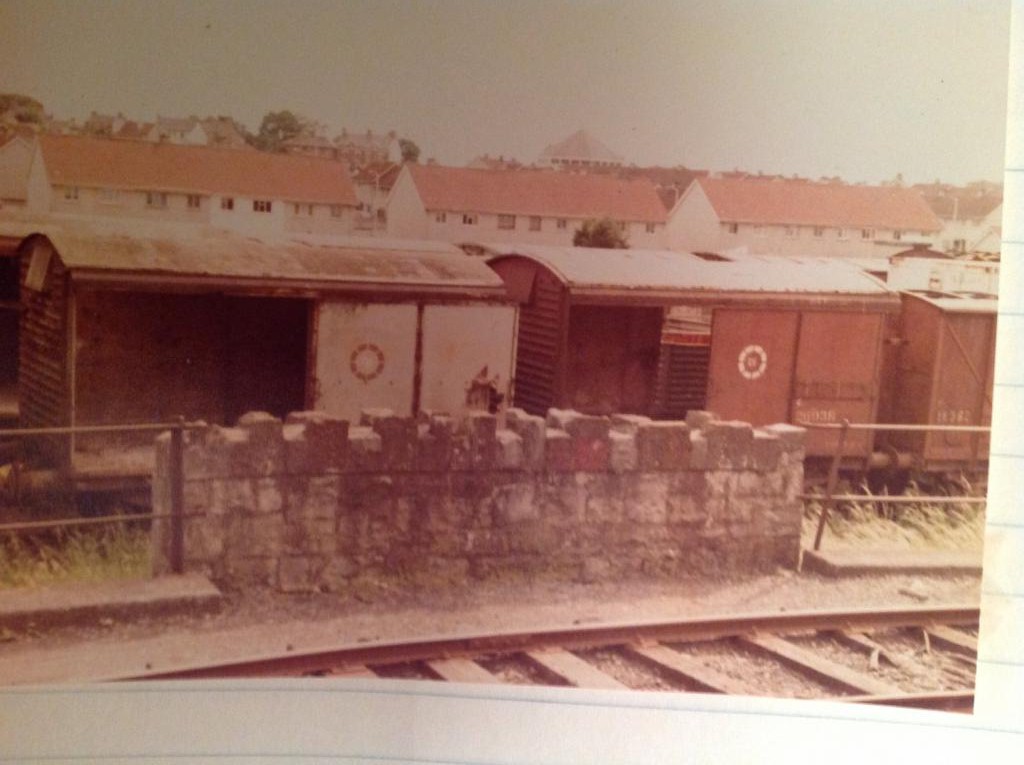
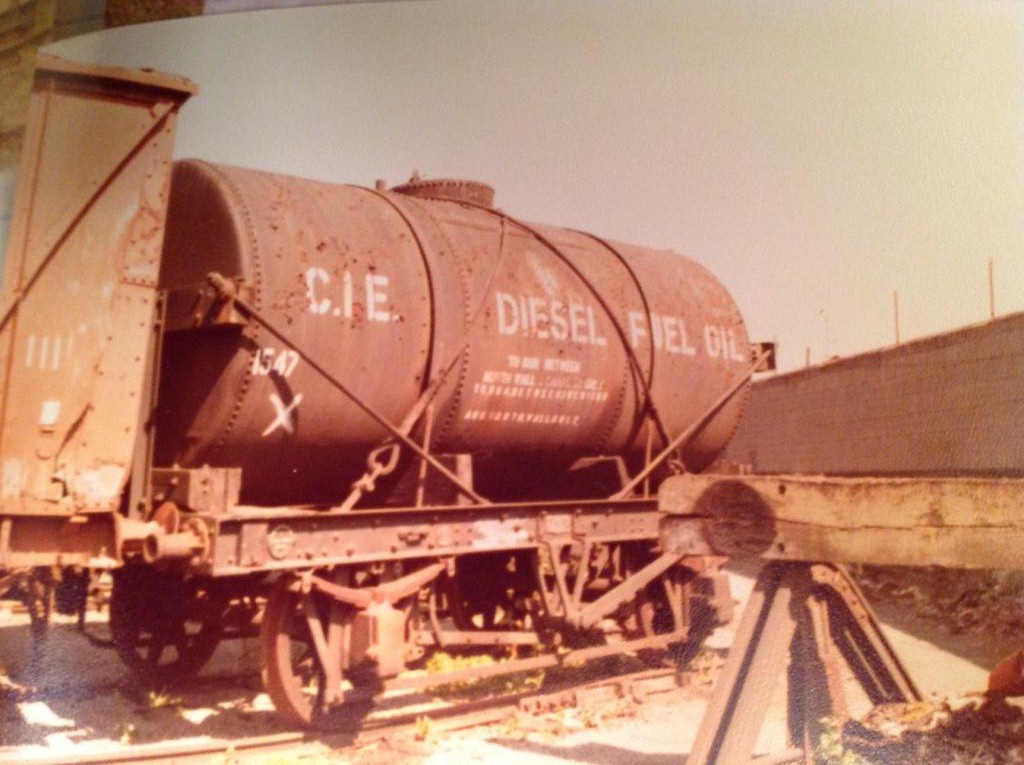
Je Suis Charlie
in Letting off Steam
Posted
Je suis Charlie.